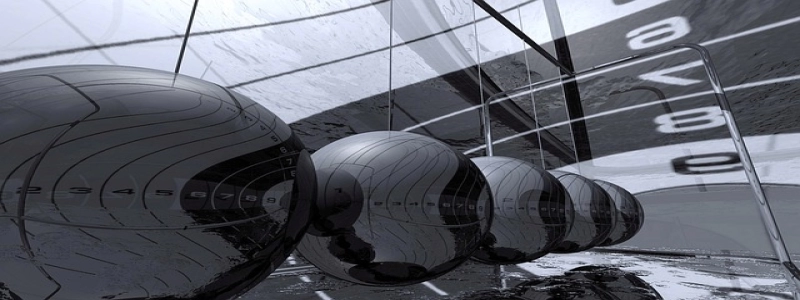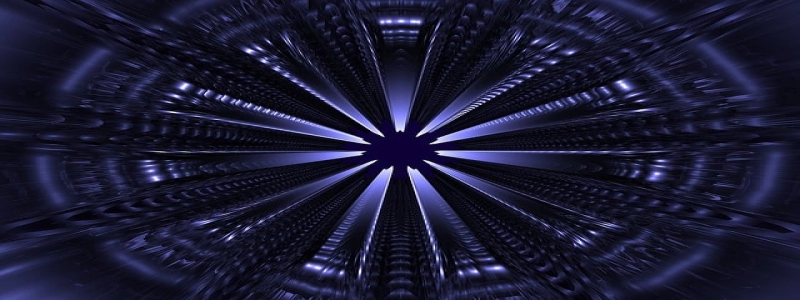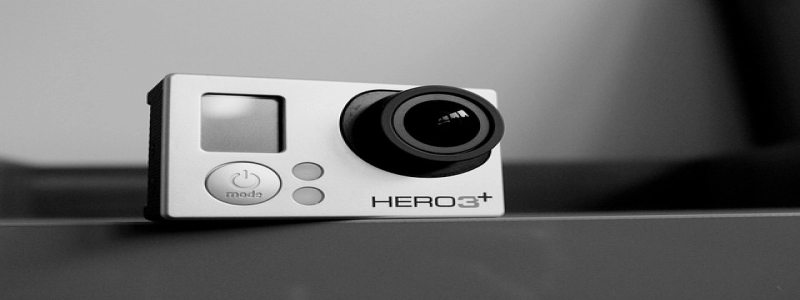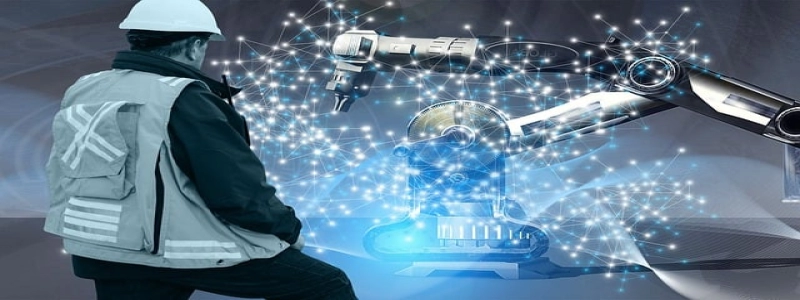Fiber Optic Cable Speed
مقدمة:
في العصر الرقمي اليوم, the demand for fast and reliable internet connectivity has never been higher. Fiber optic cables have emerged as the preferred choice for high-speed data transmission, surpassing traditional copper cables. This article will delve into the various factors that contribute to the exceptional speed of fiber optic cables and how they revolutionize communication networks.
أنا. Understanding Fiber Optic Cables:
A. Composition and Structure:
1. Core: Made of ultra-thin glass or plastic fibers that transmit light signals.
2. Cladding: Surrounds the core and facilitates light reflection to prevent signal loss.
3. Protective Coating: Encases the cladding and provides insulation and protection.
B. Working Principle:
1. Light signals: Utilizes the principle of total internal reflection to transmit light signals.
2. Speed of light: Light travels at an incredible speed of approximately 299,792 kilometers per second in fiber optic cables.
ثانيا. Factors Contributing to Speed:
A. Low Signal Loss:
1. Light signals experience minimal loss due to the transmission through glass or plastic fibers.
2. Long-distance transmission without degradation: Fiber optic cables can transmit data over long distances without significant loss in signal strength.
B. High Bandwidth Capacity:
1. Broad frequency range: Fiber optic cables can carry a wide range of frequencies simultaneously.
2. Multiple data channels: Multiple data streams can be transmitted through a single fiber optic cable, increasing data capacity and speed.
C. Efficient Data Modulation:
1. Light modulation techniques: Various modulation techniques, including amplitude modulation and phase modulation, allow for efficient data transmission.
2. Digital conversion: Data is converted into binary code, enabling faster and more precise transmission.
ثالثا. Advantages of Fiber Optic Cable Speed:
A. Faster Internet Connection:
1. Upload and download speeds: Fiber optic cables provide symmetrical upload and download speeds, ensuring faster data transfer.
2. Reduced latency: Quick response times and minimal delay in data transmission facilitate seamless browsing and online activities.
B. Enhanced Communication Networks:
1. HD video and audio streaming: Fiber optic cables enable smooth streaming of high-definition videos and audio, enhancing user experience.
2. Cloud computing and large file transfers: Fiber optic cables support quick access to cloud-based applications and rapid transfer of large files.
C. Reliable and Secure:
1. Immune to electromagnetic interference: Fiber optic cables are not affected by electromagnetic signals, ensuring uninterrupted connections.
2. Data security: Difficult to tap or intercept, fiber optic cables provide a secure means of data transmission.
خاتمة:
Fiber optic cables offer unparalleled speed and efficiency in data transmission, making them vital for modern-day communication networks. Their ability to provide low signal loss, high bandwidth capacity, and efficient data modulation sets them apart from traditional copper cables. As technology continues to advance, fiber optic cable speeds are likely to play a crucial role in meeting the ever-increasing demand for fast and reliable internet connectivity.







